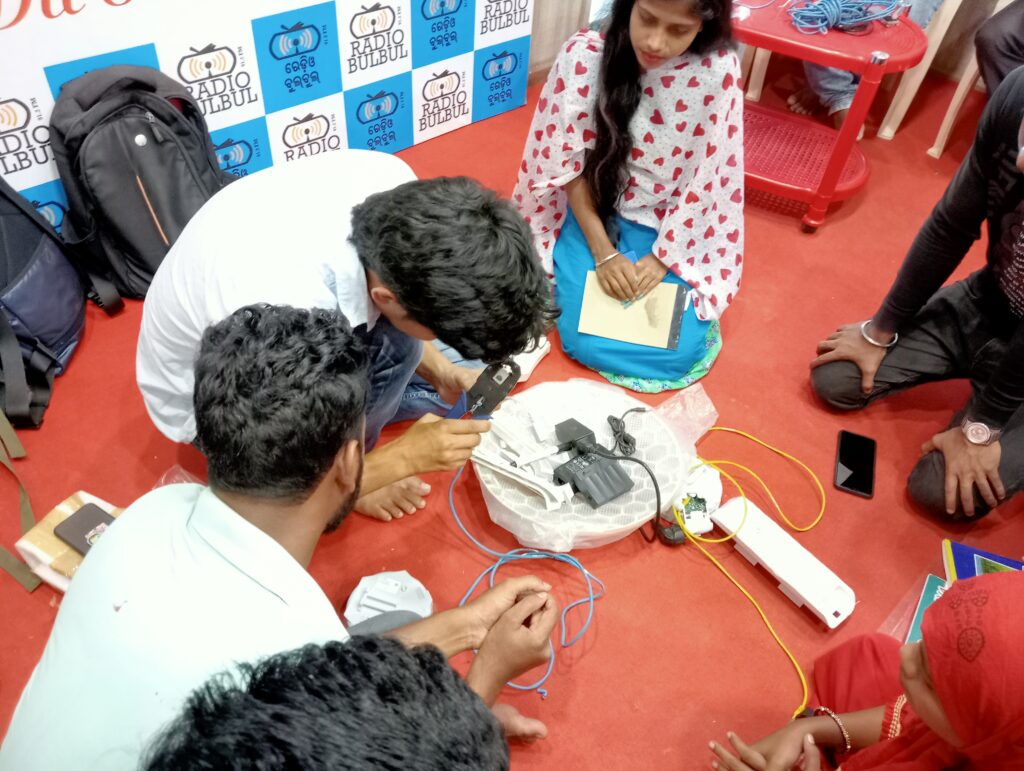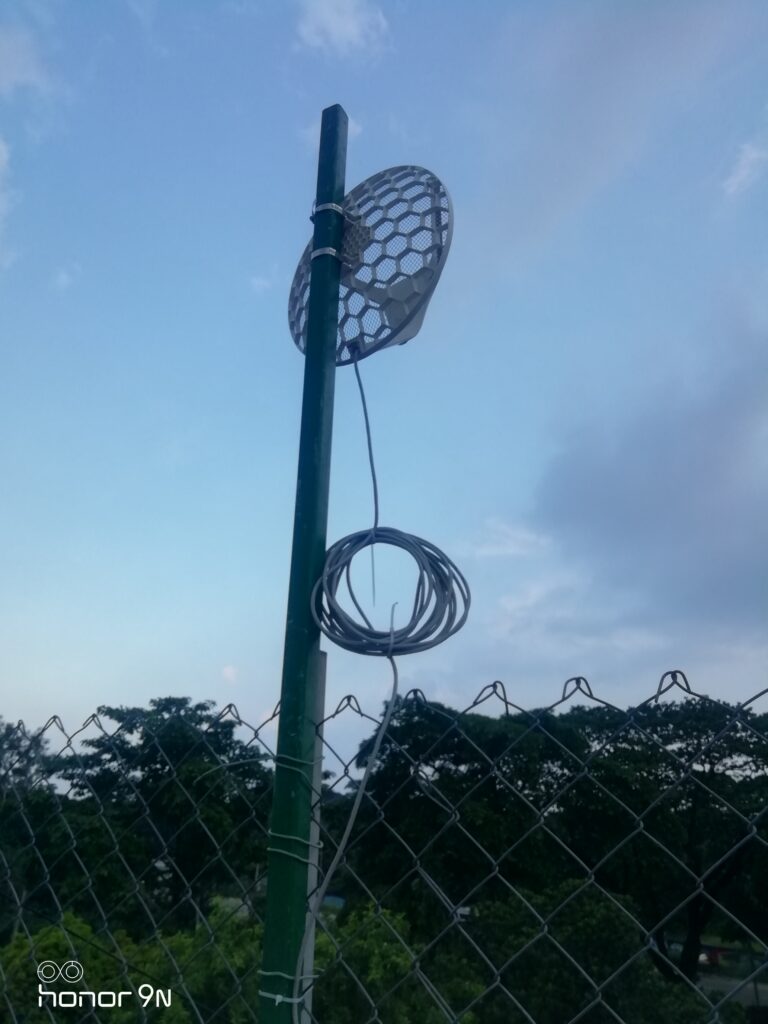Q&A with the Winners: Ritu Srivastava
In this Q&A, Ritu Srivastava talks about her team’s solution — “Community Radio Bolo: An IVR Enabled Online-Offline Wireless Mesh Network enabling local D2C communication for SHGs in rural Orissa” — which won 1st Place, Technology Application Concept in the 2022 Connecting the Unconnected Challenge.
1. Please summarize your winning solution

CR Bolo, an initiative of Jadeite Solutions, is a cost-effective wireless-network hybrid model (online and offline mesh network) specifically designed for CR stations where broadband internet is either not available or scarcely accessible. Supported by the Internet Society (ISOC) and IEEE, CR Bolo model has been deployed at CR station – Radio Bulbul, located in rural Bhadrak district of Orissa that is largely populated with minority people. Through CR Bolo, the solution is enabling Radio Bulbul with three features –
a). Wireless mesh network enabling local network and internet as per need of the community;
b). Plug-in-Play IVR (Interactive Voice Response) coupled with CR station, the network and Access Points (APs)
c). Development of localized D2C (Direct to Customer) platform on the local network.
CR Bolo is a unique method of combining rural technologies to provide meaningful access to communities, improving livelihood opportunities and creating social and economic viability for CR stations and rural communities. Utilizing the height of the CR tower, a wireless mesh network within a radius of 5-7 km from CR station and creating a local network. CR Bolo uses unlicensed spectrum (delicensed) and other low-cost deregulated media to share content locally, deploy a variety of localized services for sub-communities that curate content for their needs and utilize a hyper-media archive architecture. The IVR has been established between CR station and APs for recording and listening to information over the phone. CR Bolo provides both online and offline connectivity allowing community members are always connected with or without the availability of internet connectivity.
2. What is the most unique/innovative aspect about your approach?
The USP of CR Bolo concept lies on using the existing rural infrastructure and technologies available at community-led organizations. For example, CR stations have a 30-meter height tower for setting up antenna and router, license for spectrum, and skilled human resources to produce and manage the local content and services and capability to engage with communities.
It is innovative in bringing multistakeholder approach by bring local community-led entities to work together. This is the first kind of project where CR stations along with SHGs will be exploring the use of connectivity not only for their CR activities but also enabling other services such as financial inclusion services. In this multi-stakeholder partnership, four local entities are coming together to set up the Community Radio-led Community Network in India.
CR Bolo is the first kind of the project where CR station – Radio Bulbul is itself exploring the use of connectivity not only for their CR activities but for establishing the connectivity in their surrounding communities.
3. What did you enjoy most about the CTU Competition and Summit Program?
One of the things that I enjoyed is having learning from other winners and their innovative solutions. It will be great if all winners should have another meeting and get- together for sharing learning and experiences.
4. What are your projects plans for the next 12-18 months?

- Jadeite Solutions as a social enterprise in partnership with Radio Bulbul and SHGs will be providing a variety of skill building programs (including financial literacy, digital literacy, wireless networking, and community radio management and operation) through wireless mesh network and CR Bolo model
- Enabling youth with financial literacy training and placing them in rural banks or financial institutions through Jadeite’s banking partners
- SHG women will be using the platform for podcasting related to financial inclusion services such as government schemes, banking, and loan services
- One slot of IVR channel will be used for disaster management information services as Radio Bulbul is located disaster-prone areas.
Jadeite Solutions will be scaling up CR Bolo model in another location – Bhadohi district of Uttar Pradesh that is primarily populated with handloom weavers. In the second phase of CR Bolo, we will be exploring integration of rural technologies and financial inclusion services and enable handloom weavers to use the connectivity meaningfully.
5. What is your estimate of the number of people impacted by your program?
Around 5000 people are directly and indirectly impacted through CR Bolo program. The project has impacted the following stakeholders:
- 3 schools and 4 SHGs connected with CR station – Radio Bulbul through APs Using IVR service, community members are able to listen recorded programs which are currently not playing as part of CR programs
- Enabling 10 youth as barefoot wireless engineers by providing them training on maintenance, and troubleshooting of the wireless networking (including router, antenna, so that they can manage the network by themselves
- In span of three months, over 300 feedbacks received from community members
- Students from three schools and 3 SHGs are using local network and IVR for localcommunication and sharing information

6. Anything else you would like to share
As part of the project, we have conducted two research studies:
a). To understand the requirements of community radio stations to integrating community owned network providers. The objective of this study is to understand the importance of internet and connectivity access amongst community radio stations. The study aims twofold –
i. understand why community network and community radio twins
ii. understand commonalities between community network and community radio station. The study covered feedback of 10 CR stations.
b).Economics of setting up localized network infrastructure for maintaining two- way communication for rural communities. In this, we discuss an alternative ‘bottom-up’ and sustainable network infrastructure for enabling connectivity in rural India by leveraging existing rural infrastructure and human resource available at community-led entities.
We will like to publish this study brief at IEEE. Being an online challenge, we missed meeting winners in-person and having an interactive session. We are also seeking continued support from IEEE in scaling up the project.


